Home>Furniture & Design>Bathroom Accessories>How Sanitary Is A Bidet
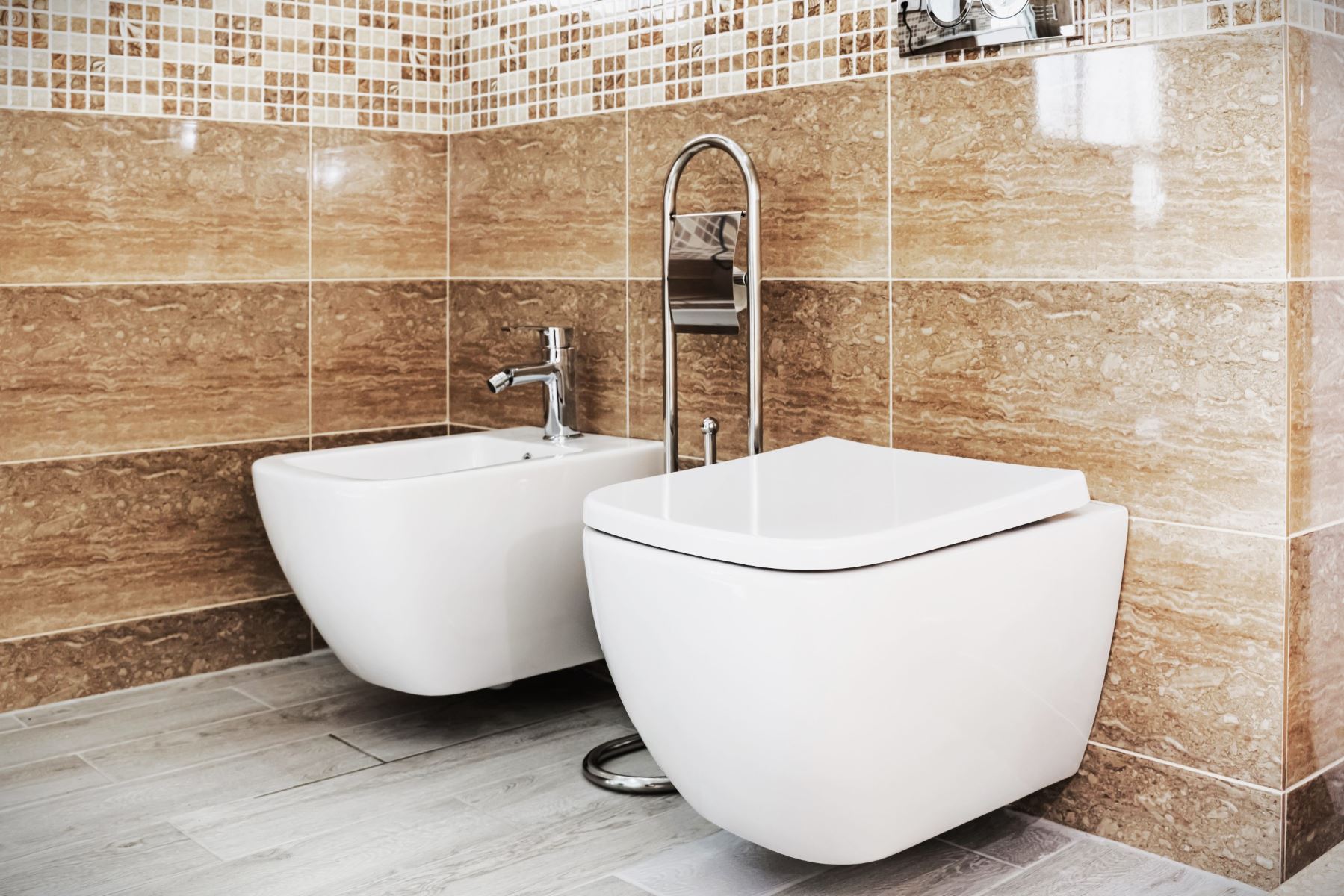

Bathroom Accessories
How Sanitary Is A Bidet
Modified: October 20, 2024
Discover the hygiene benefits of bidets as essential bathroom accessories. Learn how bidets can enhance your sanitary routine and improve cleanliness.
(Many of the links in this article redirect to a specific reviewed product. Your purchase of these products through affiliate links helps to generate commission for Storables.com, at no extra cost. Learn more)
Introduction
The bidet, a fixture often associated with luxury and sophistication, has been gaining popularity in modern bathrooms for its numerous benefits. This article aims to explore the functionality, hygiene advantages, and environmental impact of bidets, shedding light on their effectiveness in promoting cleanliness and comfort.
The bidet, a French word meaning "pony," was first introduced in the 17th century in France. Initially, it was a separate porcelain fixture located near the chamber pot. Over time, it evolved into a more integrated and advanced bathroom accessory, offering a convenient and hygienic alternative to traditional toilet paper.
In recent years, bidets have undergone significant technological advancements, with various models featuring heated seats, adjustable water pressure, and customizable cleansing options. This evolution has transformed bidets from a niche luxury item into a practical and desirable addition to modern bathrooms.
As the world becomes increasingly conscious of sustainability and environmental impact, bidets have emerged as a compelling solution to reduce the consumption of toilet paper. With the average person using approximately 57 sheets of toilet paper per day, the environmental strain caused by this widespread practice is undeniable. Bidets offer a sustainable alternative, significantly decreasing the reliance on paper products and minimizing the ecological footprint associated with traditional bathroom habits.
In the following sections, we will delve into the history of bidets, their functionality, the benefits they offer, and the crucial sanitary considerations that make them a compelling choice for individuals seeking enhanced cleanliness and comfort in their daily hygiene routines. Additionally, we will compare bidets to traditional toilet paper, highlighting the advantages of this innovative bathroom fixture.
Join us on this insightful journey to uncover the transformative potential of bidets in revolutionizing personal hygiene practices and promoting a more sustainable approach to bathroom usage.
Key Takeaways:
- Bidets offer a sustainable and refreshing alternative to toilet paper, promoting enhanced cleanliness and comfort while reducing environmental impact.
- With their water-based cleansing, bidets provide a thorough and hygienic bathroom experience, addressing individual needs with precision and innovation.
Read more: How To Flush A Bidet
History of Bidets
The history of bidets dates back to the 17th century in France, where they were initially introduced as a separate porcelain fixture located near the chamber pot. The term "bidet" itself is derived from the French word meaning "pony," which is a nod to the straddle-like position one assumes when using this fixture. Initially, bidets were primarily used by the French aristocracy and royalty, reflecting a sense of luxury and sophistication.
Over time, bidets evolved from standalone fixtures into more integrated and advanced bathroom accessories. They became a symbol of refined personal hygiene and were embraced by various cultures across Europe and Asia. The popularity of bidets continued to grow, and they eventually made their way to other parts of the world, including the United States and Canada.
In the early 1900s, bidets started to gain traction in the United States, particularly among the affluent and those who had traveled to Europe and experienced the benefits of this innovative bathroom fixture. However, bidets faced challenges in widespread adoption due to cultural norms and the prevalence of traditional toilet paper usage.
In recent decades, technological advancements have propelled bidets into the mainstream, making them more accessible and appealing to a broader audience. Modern bidet models offer a range of features, including heated seats, adjustable water pressure, and customizable cleansing options, catering to diverse preferences and comfort levels.
Today, bidets have transcended their historical association with luxury and exclusivity, emerging as a practical and desirable addition to contemporary bathrooms. With a growing emphasis on personal hygiene, environmental sustainability, and enhanced comfort, bidets have garnered renewed attention and appreciation from individuals seeking a more efficient and eco-friendly approach to daily hygiene routines.
The evolution of bidets reflects a fascinating journey marked by innovation, cultural adaptation, and a shift towards more sustainable and hygienic bathroom practices. As bidets continue to gain momentum in the global market, their historical legacy intertwines with modern advancements, shaping a new era of personal hygiene and environmental consciousness.
How Bidets Work
Bidets are innovative bathroom fixtures designed to enhance personal hygiene and comfort by providing a thorough and efficient cleansing experience. These fixtures come in various forms, including standalone units and integrated bidet toilet seats, each offering unique functionalities tailored to individual preferences.
The fundamental operation of a bidet involves the use of water to cleanse the genital and anal areas after using the toilet. When activated, the bidet releases a gentle stream of water, which can be adjusted in terms of temperature and pressure to suit the user's comfort level. This customizable feature ensures a personalized and refreshing cleansing experience, promoting a sense of cleanliness and well-being.
Integrated bidet toilet seats, also known as washlet seats, have gained popularity for their seamless integration with traditional toilets, offering a space-saving and convenient solution for modern bathrooms. These advanced seats are equipped with a control panel that allows users to adjust the water temperature, pressure, and nozzle position, providing a tailored cleansing experience with just the touch of a button.
Standalone bidets, on the other hand, typically feature a faucet or spray nozzle that dispenses water for cleansing. Users can straddle the bidet and control the water flow to achieve the desired level of cleansing and comfort. Some standalone bidets may also include additional features such as air-drying functions and adjustable nozzles, further enhancing the overall cleansing experience.
In recent years, technological advancements have introduced smart bidet systems with integrated sensors, self-cleaning nozzles, and heated seats, elevating the user experience to new levels of convenience and luxury. These innovative features contribute to a more hygienic and comfortable bathroom routine, catering to the evolving needs and preferences of modern consumers.
Overall, bidets operate on the principle of water-based cleansing, offering a refreshing and effective alternative to traditional toilet paper. By harnessing the power of water, bidets provide a gentle and thorough cleansing experience, promoting improved personal hygiene and comfort for users of all ages. As bidet technology continues to evolve, these fixtures are poised to play a pivotal role in redefining modern bathroom practices, emphasizing cleanliness, sustainability, and user well-being.
Benefits of Using a Bidet
Using a bidet offers a multitude of advantages that contribute to enhanced personal hygiene, comfort, and environmental sustainability. Here are the key benefits of incorporating a bidet into your bathroom routine:
-
Improved Hygiene: Bidets provide a superior cleansing experience compared to traditional toilet paper, effectively removing bacteria and ensuring a higher level of cleanliness. The use of water promotes a gentle and thorough cleansing process, reducing the risk of irritation and promoting overall hygiene.
-
Comfort and Refreshment: The gentle stream of water from a bidet offers a refreshing and invigorating sensation, promoting a heightened sense of comfort and cleanliness. The adjustable water temperature and pressure settings allow users to customize their cleansing experience, catering to individual preferences and comfort levels.
-
Reduced Environmental Impact: By significantly reducing the consumption of toilet paper, bidets contribute to environmental sustainability. The widespread use of toilet paper has substantial environmental implications, including deforestation, water consumption, and energy-intensive production processes. Bidets offer a more eco-friendly alternative, minimizing the ecological footprint associated with traditional bathroom practices.
-
Relief for Sensitive Skin: For individuals with sensitive skin or certain medical conditions, bidets offer a gentle and non-abrasive cleansing solution. The use of water eliminates the friction and potential irritation caused by toilet paper, providing relief for those with skin sensitivities or specific hygiene requirements.
-
Enhanced Comfort for All Ages: Bidets are particularly beneficial for individuals with mobility issues, seniors, and children, offering a convenient and hygienic cleansing solution. The ease of use and customizable features make bidets accessible and comfortable for users of all ages, promoting independence and well-being.
-
Promotion of Feminine Hygiene: Bidets are especially beneficial for feminine hygiene, offering a gentle and effective cleansing solution during menstruation and for general personal care. The adjustable settings and targeted water flow provide a comfortable and hygienic experience, catering to the specific needs of women.
-
Reduction of Plumbing Issues: With the decreased reliance on toilet paper, bidets can help prevent plumbing issues such as clogs and pipe blockages. This contributes to improved plumbing system functionality and reduces the need for maintenance, offering long-term benefits for homeowners and building facilities.
In summary, the benefits of using a bidet encompass improved hygiene, enhanced comfort, environmental sustainability, and tailored solutions for individuals with specific hygiene needs. As bidet technology continues to evolve, these advantages position bidets as a compelling and practical addition to modern bathrooms, promoting a more efficient, sustainable, and hygienic approach to personal care.
Sanitary Considerations
When it comes to personal hygiene, sanitary considerations play a pivotal role in evaluating the effectiveness of bathroom fixtures. Bidets, with their emphasis on water-based cleansing, offer several key sanitary advantages that contribute to a more thorough and hygienic bathroom experience.
Read more: How To Sit On A Bidet
Thorough Cleansing
One of the primary sanitary benefits of bidets is their ability to provide a thorough and comprehensive cleansing process. Unlike traditional toilet paper, which may leave behind residue and bacteria, bidets utilize water to effectively remove impurities and ensure a higher level of cleanliness. This targeted approach to cleansing promotes a sense of confidence and well-being, addressing hygiene concerns with precision and efficacy.
Reduced Bacterial Residue
Bidets help minimize the presence of bacterial residue, which can be a common concern with traditional toilet paper usage. The gentle yet powerful stream of water from a bidet effectively washes away bacteria and impurities, reducing the risk of residual contamination. This sanitary advantage is particularly beneficial for individuals seeking a more hygienic and reliable cleansing solution.
Prevention of Skin Irritation
For individuals with sensitive skin or specific hygiene requirements, bidets offer a sanitary solution that minimizes the risk of skin irritation. The use of water eliminates the friction and potential abrasiveness associated with toilet paper, providing relief for those with skin sensitivities or certain medical conditions. This proactive approach to skin health underscores the sanitary benefits of bidets in promoting comfort and well-being.
Enhanced Feminine Hygiene
Bidets play a crucial role in promoting feminine hygiene by offering a sanitary and gentle cleansing solution. The adjustable water pressure and targeted cleansing capabilities cater to the specific needs of women, providing a comfortable and effective method for maintaining personal hygiene. This sanitary consideration reflects the inclusive and tailored approach of bidets in addressing diverse hygiene requirements.
Read more: What Is Sanitary Cycle on LG Washer
Sustainable Sanitary Practices
In addition to individual hygiene benefits, bidets contribute to sustainable sanitary practices by reducing the reliance on toilet paper. This environmentally conscious approach aligns with sanitary considerations, as it minimizes the ecological impact associated with traditional bathroom practices. By embracing a more sustainable and hygienic approach to personal care, bidets exemplify the integration of sanitary principles with environmental consciousness.
In summary, the sanitary considerations associated with bidets encompass thorough cleansing, reduced bacterial residue, prevention of skin irritation, promotion of feminine hygiene, and sustainable sanitary practices. These factors underscore the sanitary advantages of bidets in promoting a more effective, reliable, and hygienic bathroom experience. As individuals prioritize cleanliness and well-being, bidets emerge as a compelling solution that aligns with essential sanitary considerations, offering a transformative approach to personal hygiene and comfort.
Comparing Bidets to Toilet Paper
When comparing bidets to traditional toilet paper, it becomes evident that these two methods of personal hygiene differ significantly in terms of effectiveness, comfort, and environmental impact. While toilet paper has been a staple in bathrooms for centuries, bidets offer a modern and innovative alternative that addresses hygiene concerns with precision and sustainability.
Effectiveness and Thorough Cleansing
Bidets provide a superior level of effectiveness when it comes to cleansing compared to traditional toilet paper. The use of water in bidets ensures a thorough and comprehensive cleansing experience, removing bacteria and impurities with precision. In contrast, toilet paper may leave behind residue and bacteria, leading to potential hygiene concerns. The targeted approach of bidets promotes a higher level of cleanliness, offering users a sense of confidence and well-being.
Comfort and Personalized Experience
Bidets offer a personalized and comfortable cleansing experience, allowing users to adjust water temperature and pressure to suit their preferences. This customization ensures a refreshing and invigorating cleansing process, promoting enhanced comfort and hygiene. In contrast, the use of toilet paper may result in friction and potential irritation, particularly for individuals with sensitive skin or specific hygiene requirements. Bidets eliminate the discomfort associated with traditional toilet paper, providing relief for those seeking a gentler and more comfortable cleansing solution.
Read more: How To Use A European Bidet
Environmental Sustainability
From an environmental perspective, bidets offer a sustainable alternative to traditional toilet paper usage. The widespread reliance on toilet paper contributes to deforestation, water consumption, and energy-intensive production processes. In contrast, bidets significantly reduce the consumption of paper products, minimizing the ecological footprint associated with bathroom practices. By embracing a more eco-friendly approach, bidets align with the growing emphasis on environmental sustainability, offering a practical solution to reduce the environmental impact of personal hygiene routines.
Hygiene and Bacterial Residue
Bidets help minimize bacterial residue, which can be a common concern with traditional toilet paper usage. The use of water effectively washes away bacteria and impurities, reducing the risk of residual contamination. In contrast, toilet paper may not provide the same level of thorough cleansing, potentially leaving behind bacteria and impurities. The sanitary advantages of bidets in addressing hygiene concerns underscore their effectiveness in promoting a more reliable and hygienic bathroom experience.
In summary, the comparison between bidets and toilet paper highlights the superior effectiveness, personalized comfort, environmental sustainability, and hygiene advantages of bidets. As individuals seek a more efficient, sustainable, and hygienic approach to personal care, bidets emerge as a compelling solution that addresses essential hygiene considerations with precision and innovation.
Conclusion
In conclusion, the bidet represents a transformative solution that transcends traditional bathroom practices, offering a modern, sustainable, and hygienic approach to personal hygiene. From its historical evolution to its advanced functionality, the bidet has emerged as a symbol of enhanced cleanliness, comfort, and environmental consciousness.
The journey through the history of bidets reveals a fascinating narrative marked by cultural adaptation, technological advancements, and a shift towards more sustainable bathroom practices. What began as a luxury fixture for the elite has evolved into a practical and desirable addition to modern bathrooms, catering to diverse hygiene needs and comfort preferences.
The benefits of using a bidet are multifaceted, encompassing improved hygiene, personalized comfort, reduced environmental impact, and tailored solutions for individuals with specific hygiene requirements. By harnessing the power of water-based cleansing, bidets offer a refreshing and effective alternative to traditional toilet paper, promoting a heightened sense of cleanliness and well-being for users of all ages.
Sanitary considerations further underscore the advantages of bidets, emphasizing thorough cleansing, reduced bacterial residue, prevention of skin irritation, and promotion of feminine hygiene. These factors highlight the sanitary benefits of bidets in providing a more reliable, hygienic, and sustainable bathroom experience, aligning with essential principles of cleanliness and well-being.
When comparing bidets to traditional toilet paper, it becomes evident that bidets offer a superior level of effectiveness, personalized comfort, and environmental sustainability. The targeted approach of bidets promotes a higher level of cleanliness, offering users a sense of confidence and well-being while minimizing the ecological footprint associated with traditional bathroom practices.
As bidet technology continues to evolve, these advantages position bidets as a compelling and practical addition to modern bathrooms, promoting a more efficient, sustainable, and hygienic approach to personal care. By embracing the transformative potential of bidets, individuals can elevate their daily hygiene routines, contribute to environmental sustainability, and prioritize a more thorough and refreshing cleansing experience.
In essence, the bidet represents a paradigm shift in personal hygiene practices, offering a holistic approach that integrates innovation, comfort, and sustainability. As individuals seek a more effective, reliable, and environmentally conscious solution for personal hygiene, the bidet stands as a testament to the transformative power of modern bathroom fixtures, shaping a new era of cleanliness, comfort, and well-being.
Frequently Asked Questions about How Sanitary Is A Bidet
Was this page helpful?
At Storables.com, we guarantee accurate and reliable information. Our content, validated by Expert Board Contributors, is crafted following stringent Editorial Policies. We're committed to providing you with well-researched, expert-backed insights for all your informational needs.

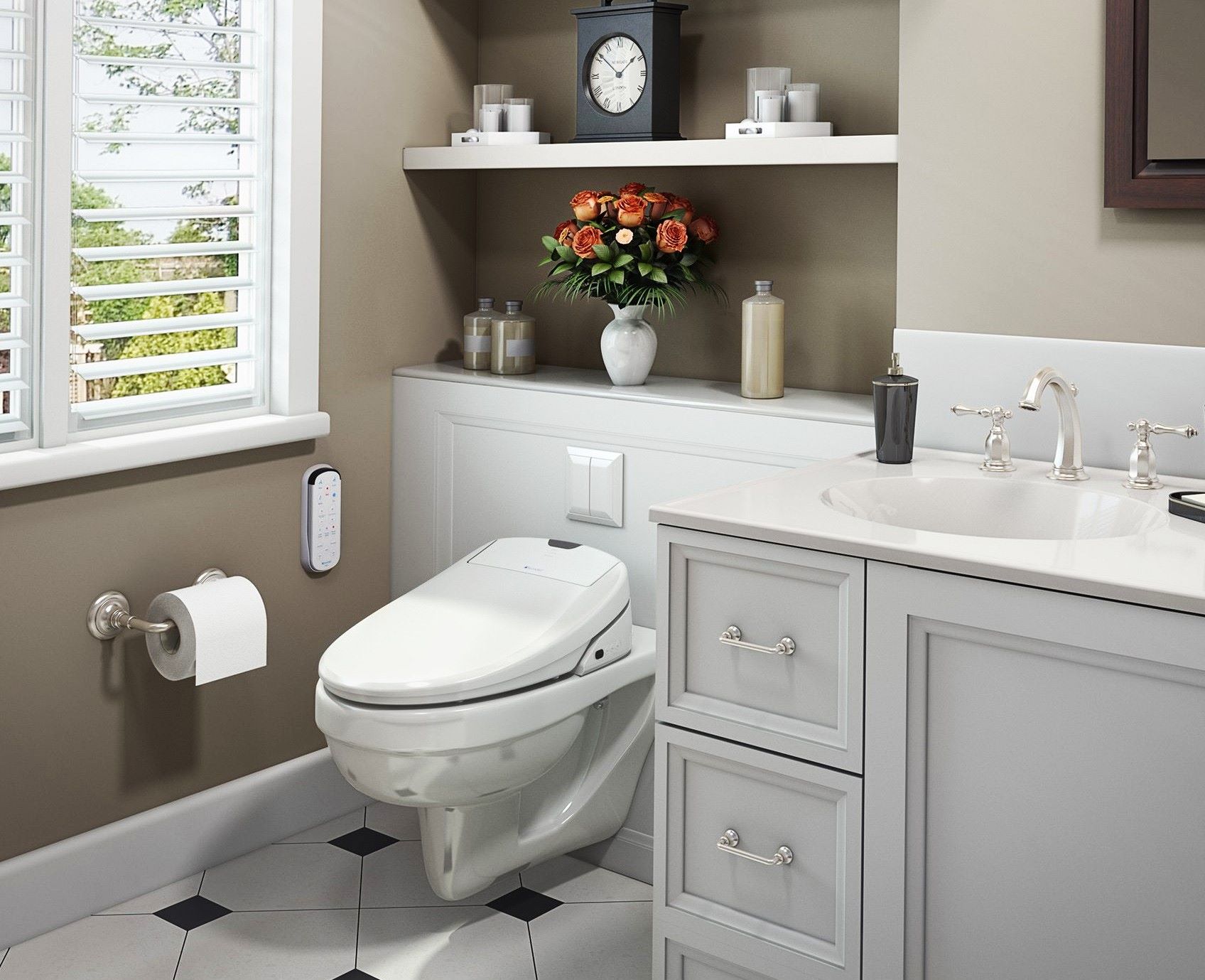
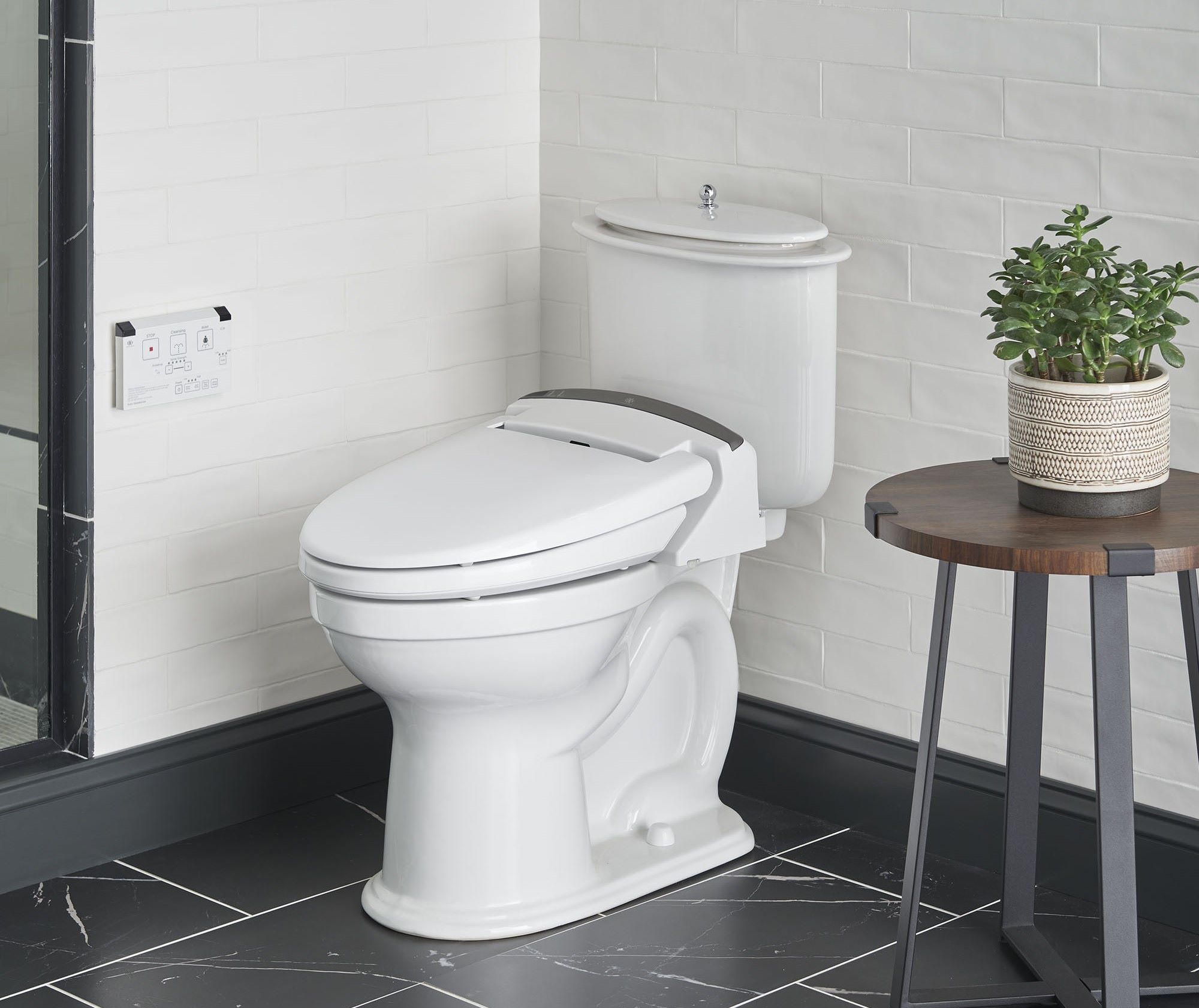
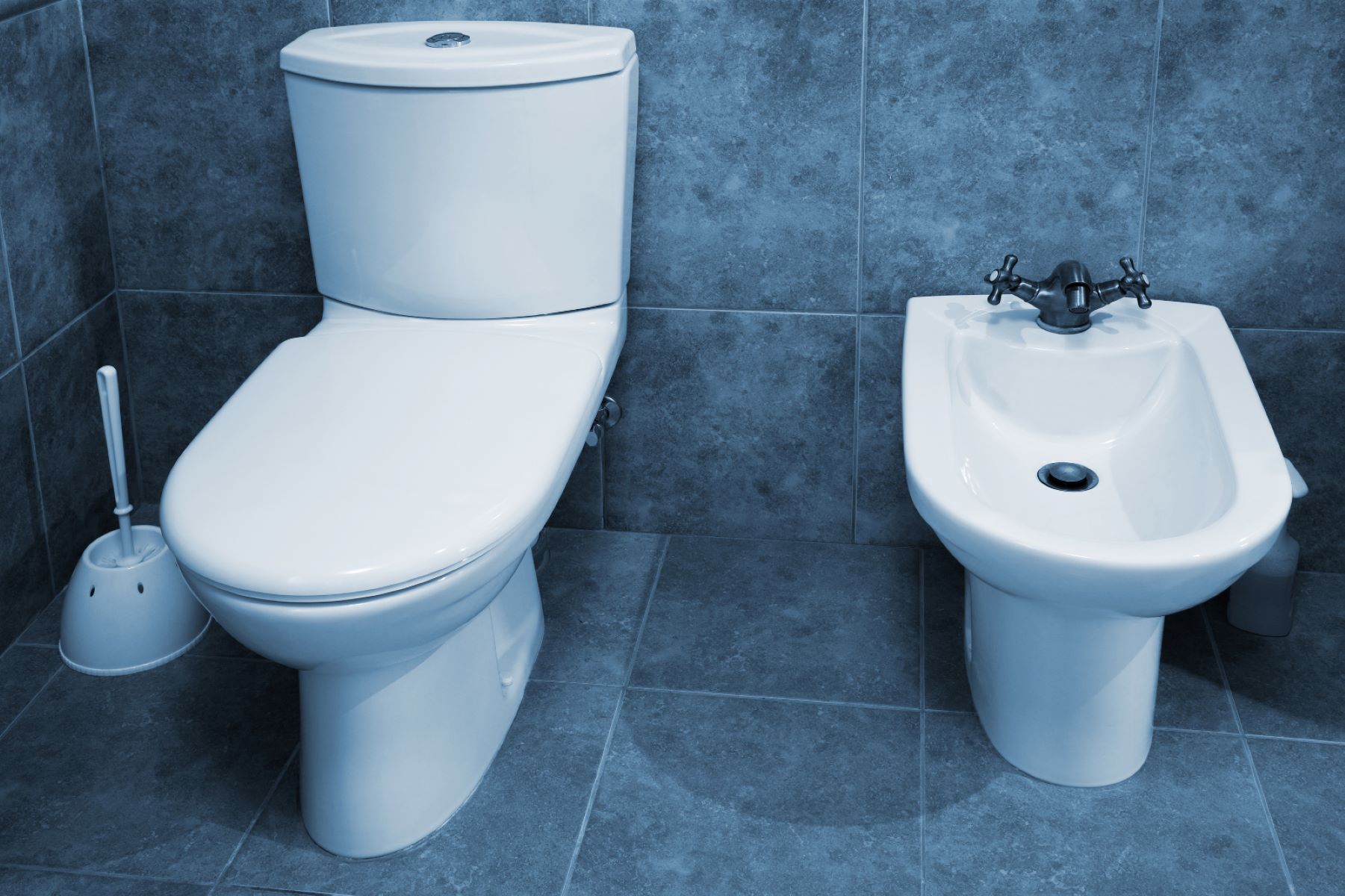
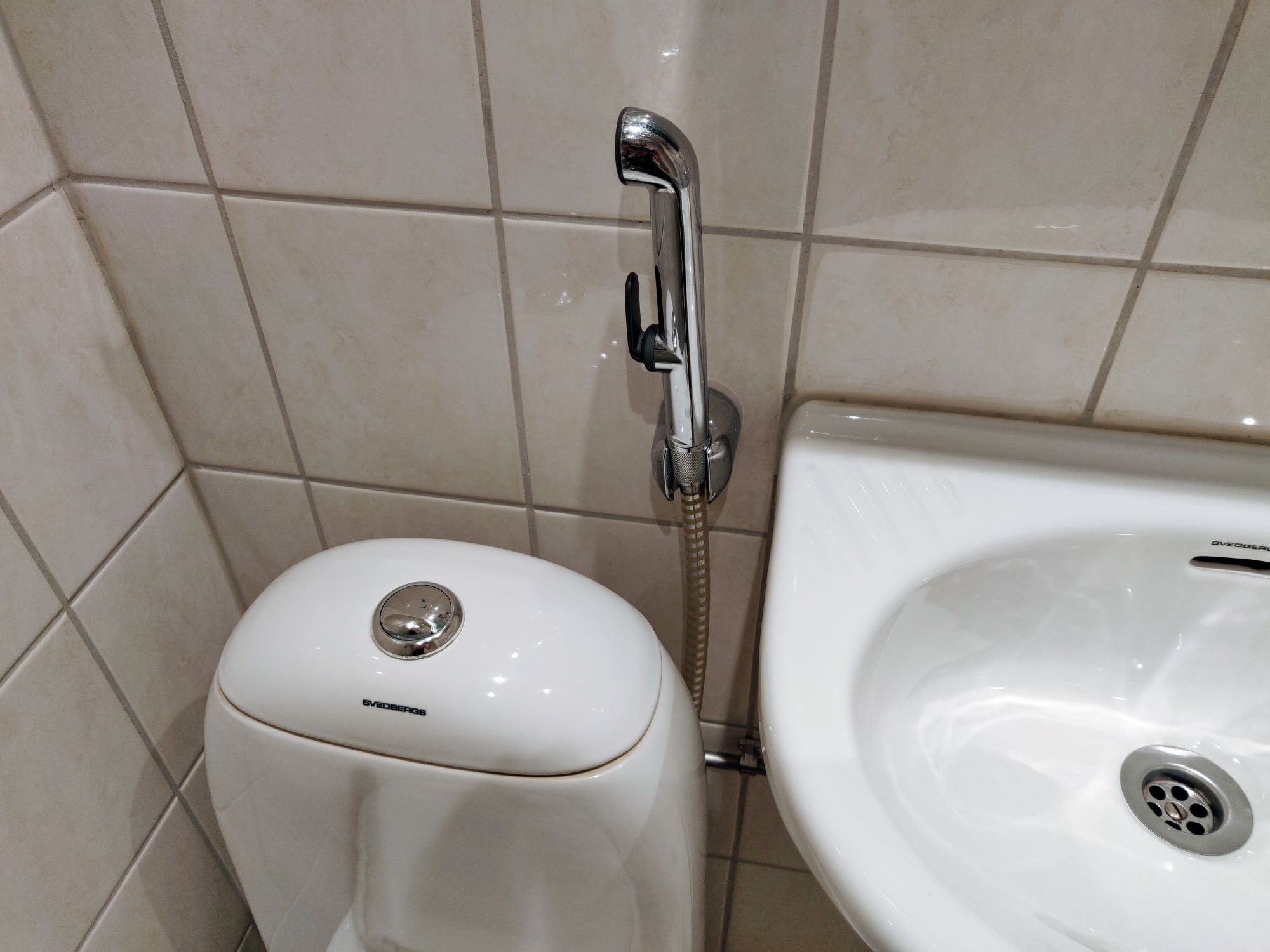
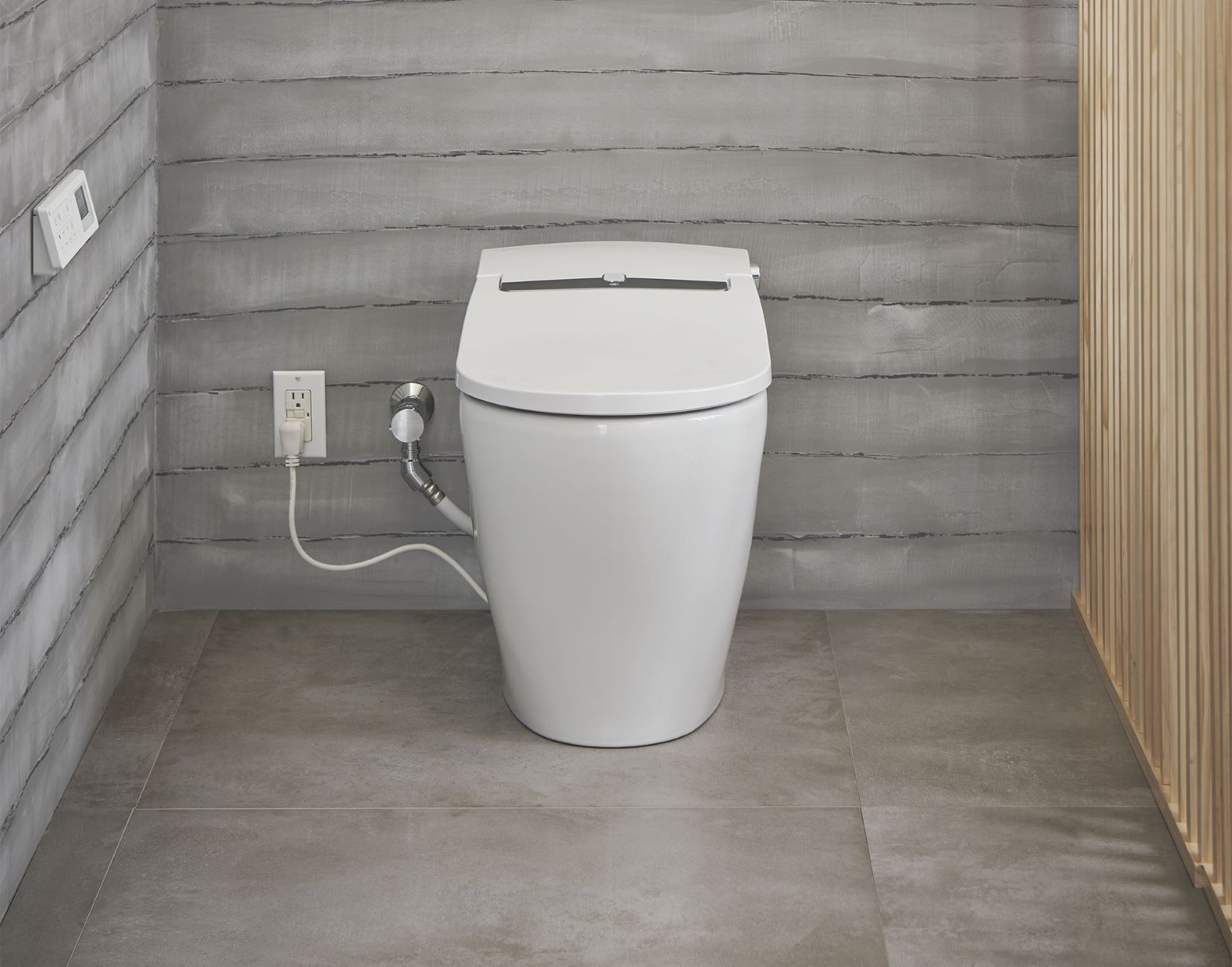
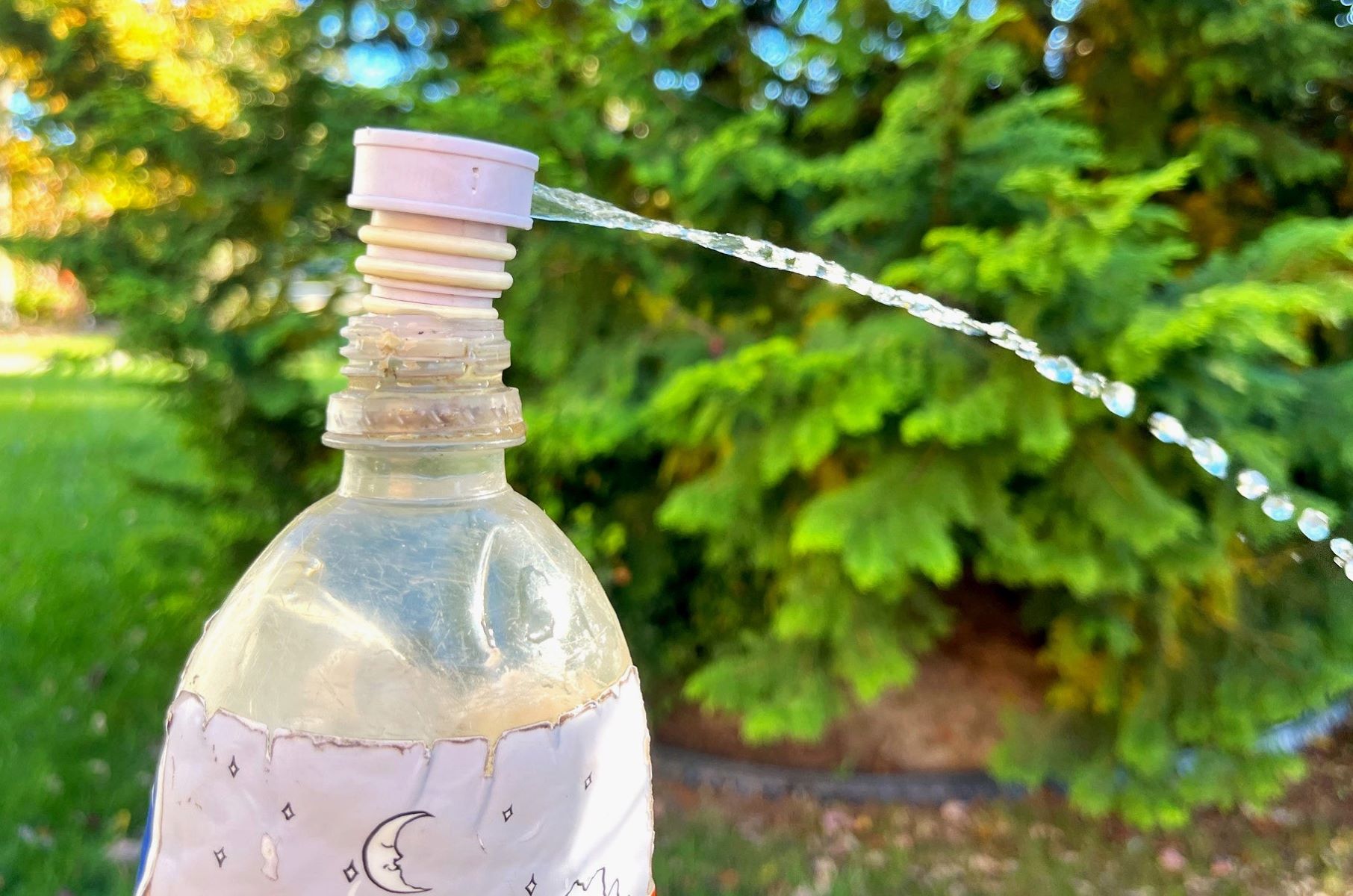
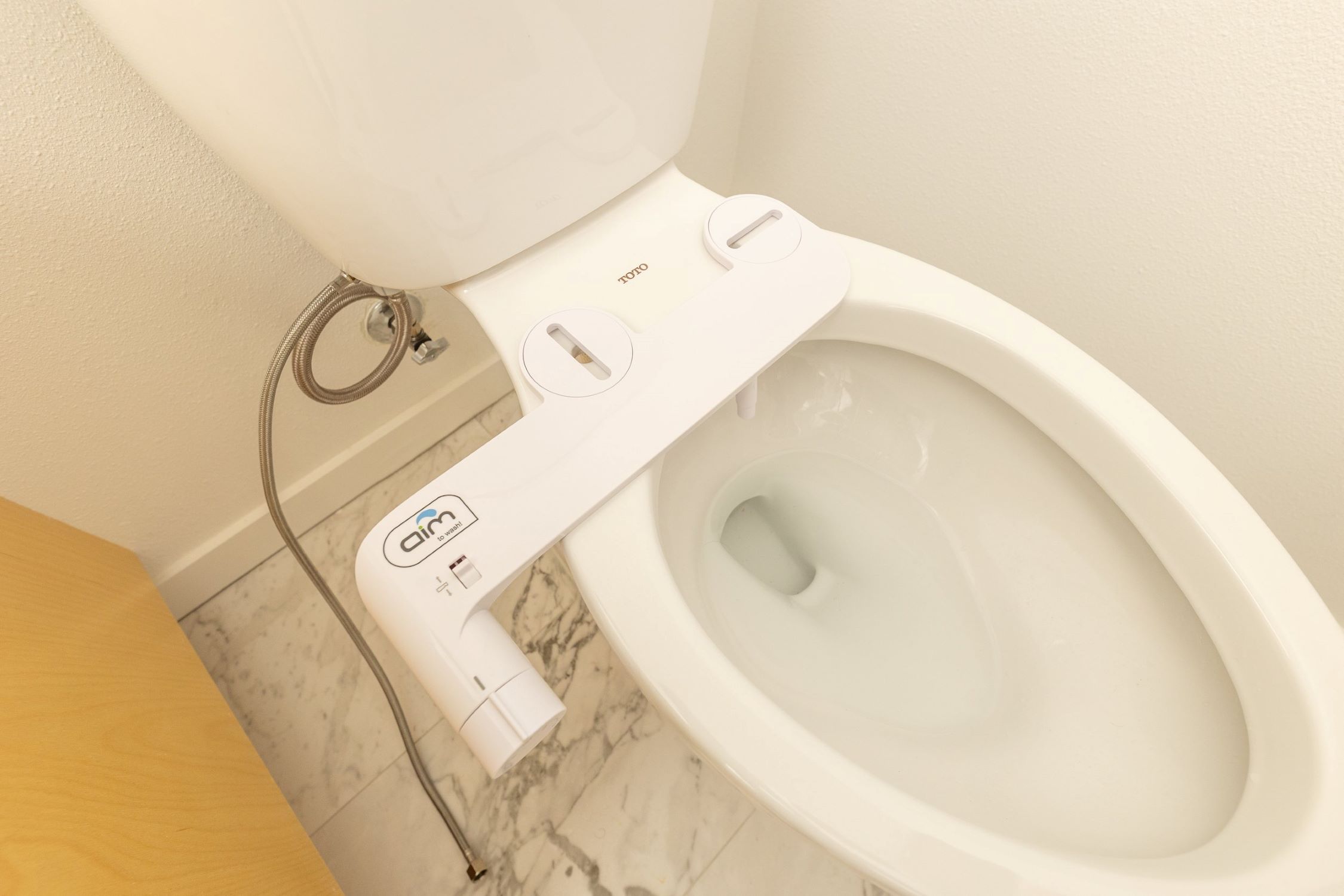
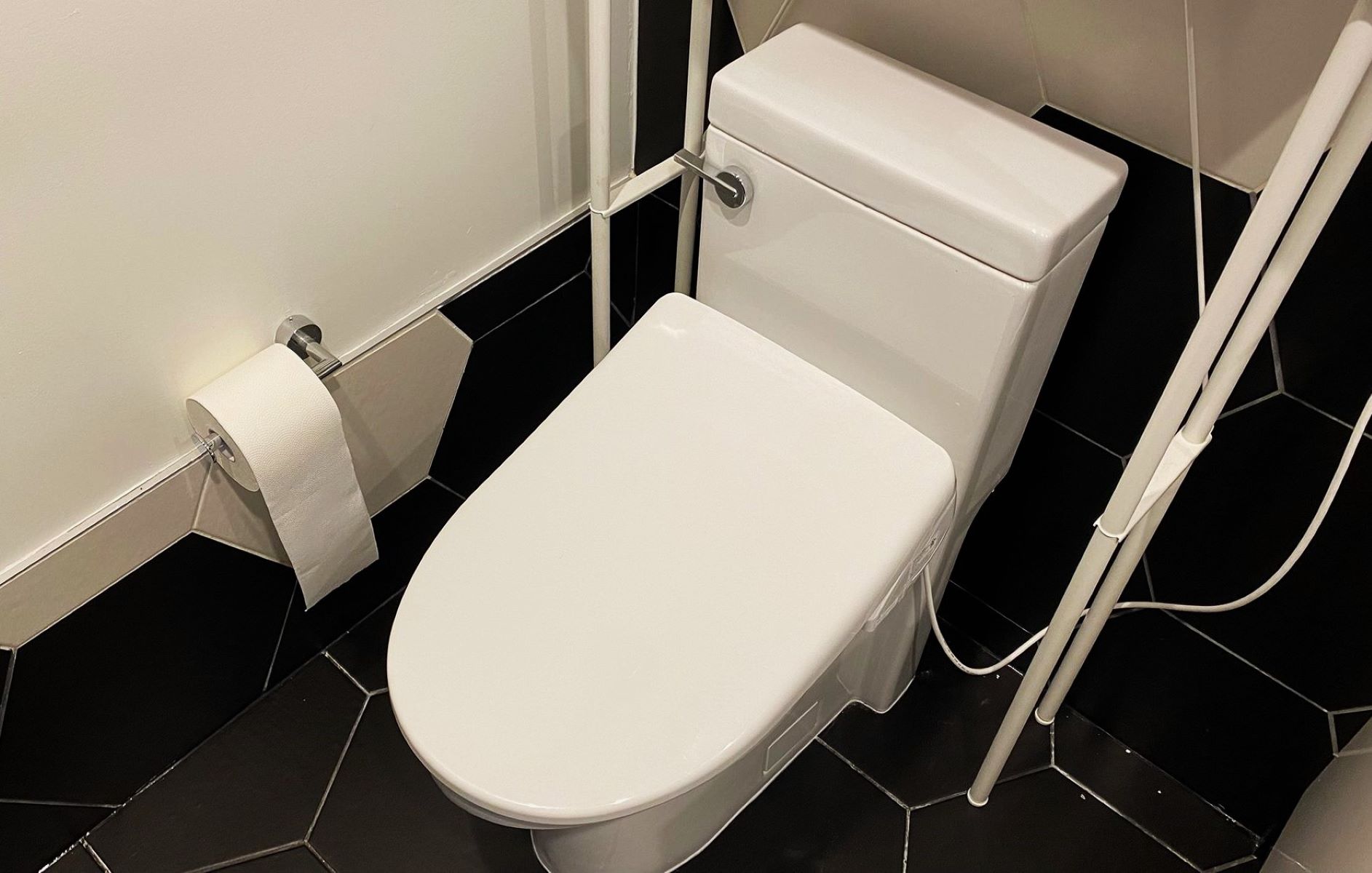
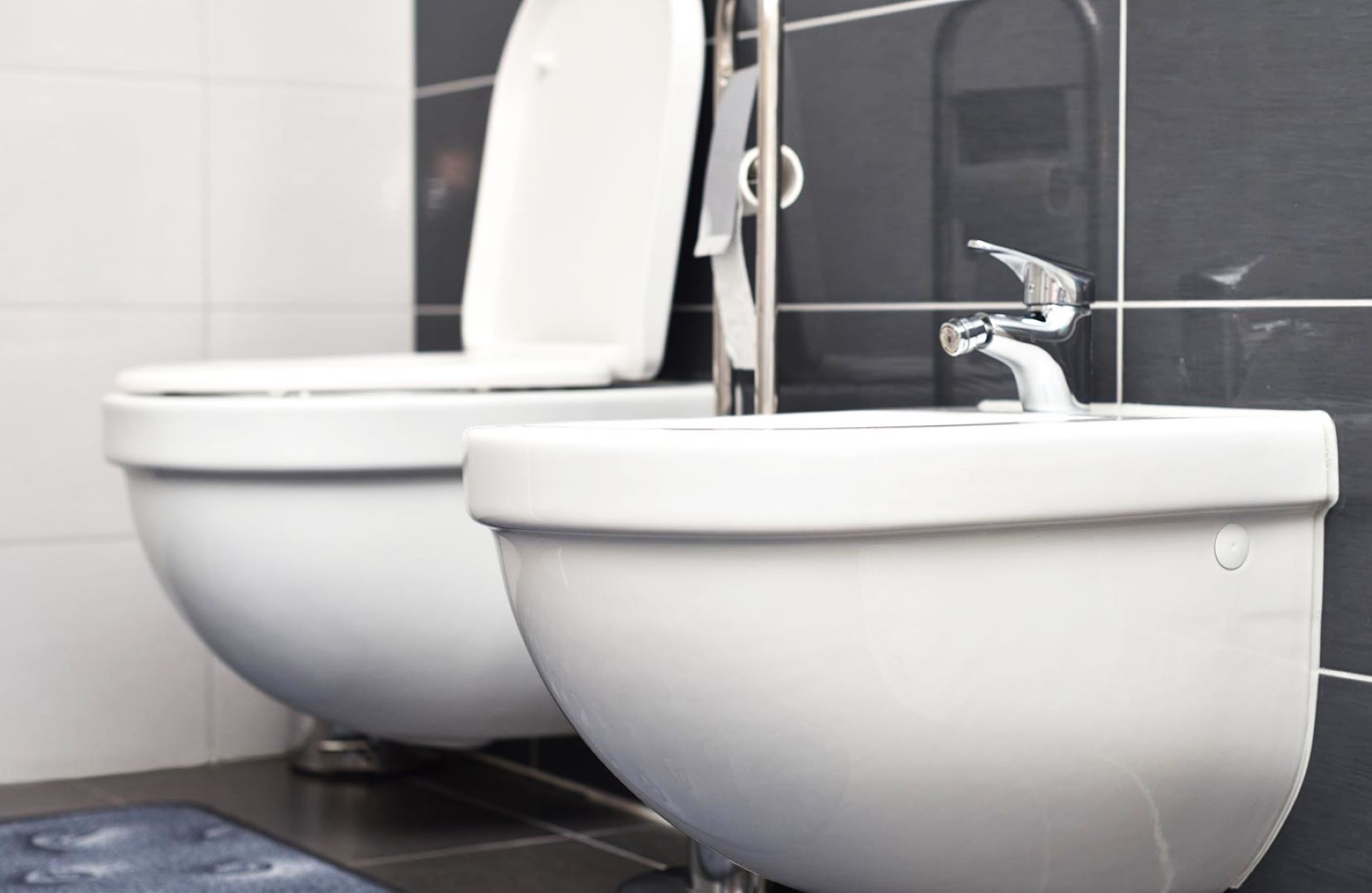
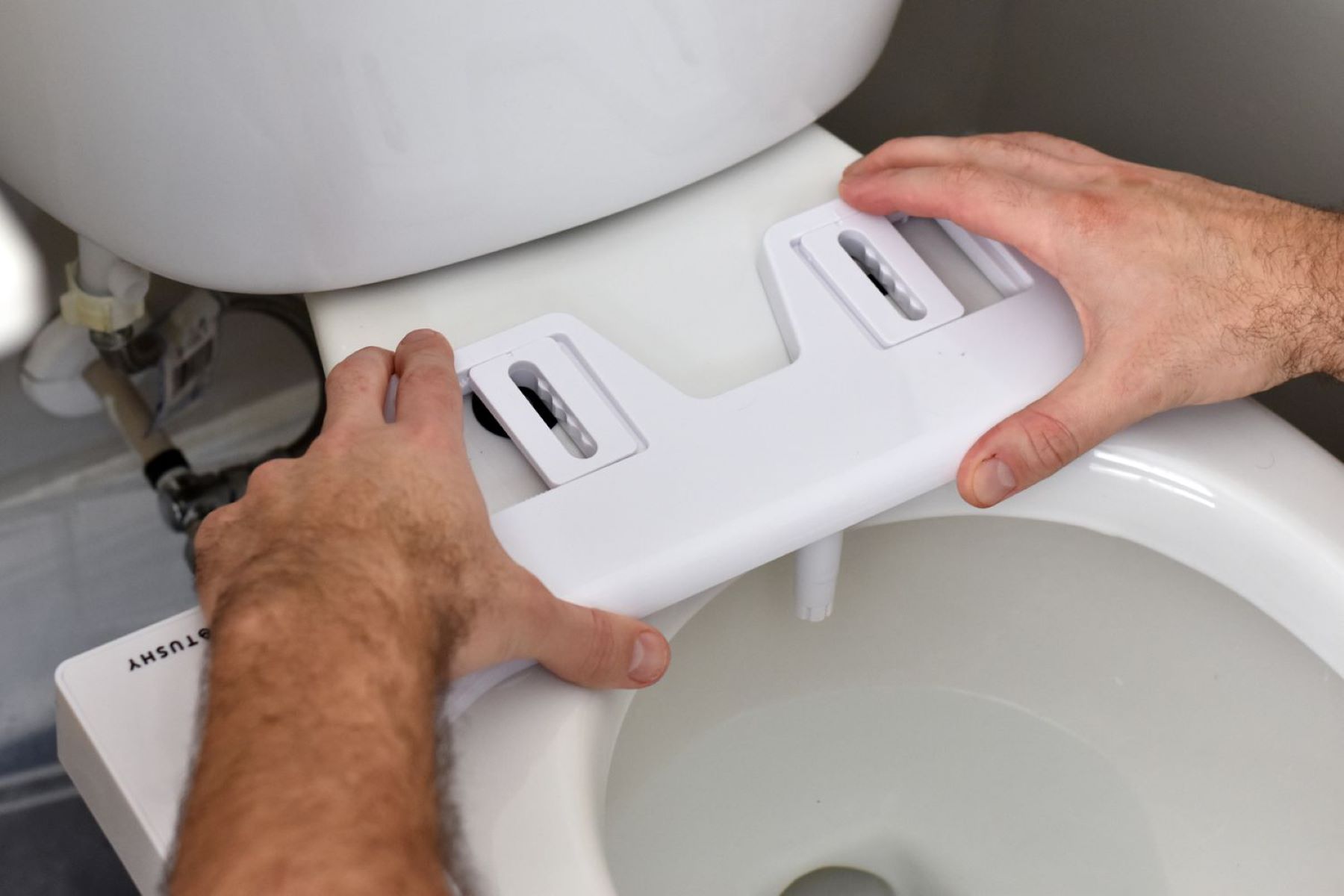
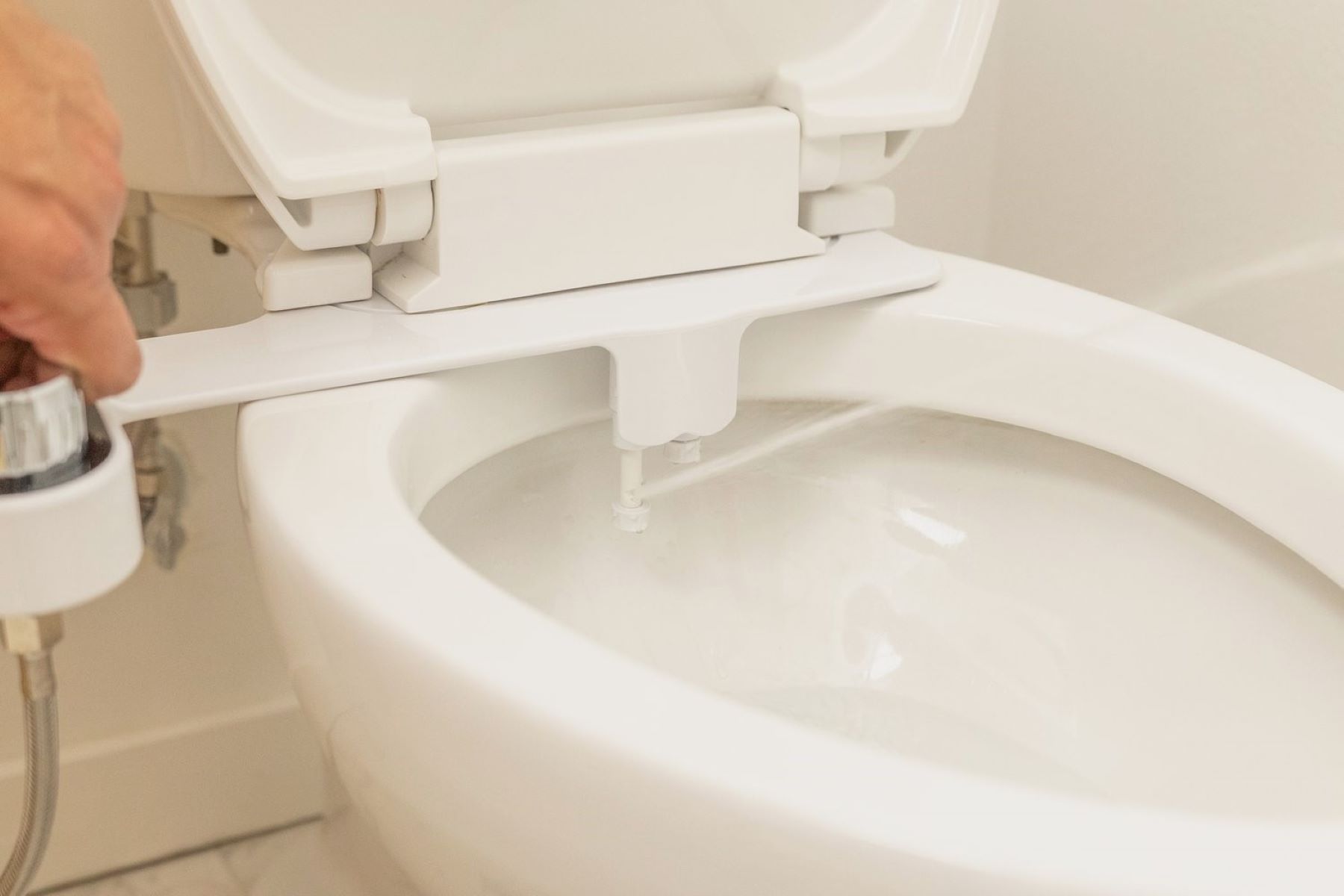

0 thoughts on “How Sanitary Is A Bidet”